I will here try to identify the basic problems which limit the life, and which require periodic servicing I seek to avoid. Then I will try to outline the possible solutions for them.
While the project title says "power", and while powering electronics devices reliably for a century is a challenge enough, there is more in building long-lasting devices than just that.
I will start with identifying a few typical "household" gadgets to have some basis for analyzing their elements, typical construction and use. Then, I will proceed though those elements and select those which certainly won't stand the time, and try to identify those, that have change to live to the expectations. Finally - realizing that this project is tangential to the energy harvesting challenge - I will select one particular example which, after realized, may serve as a pilot project showing the utility of such century-long gadgets .
While tempting, I will try to avoid expanding the topic to outdoor equipment, heavy use/abuse, (semi-)industrial/harsh environments. I will also restrict myself to the low powered stuff.
 Jan Waclawek
Jan Waclawek

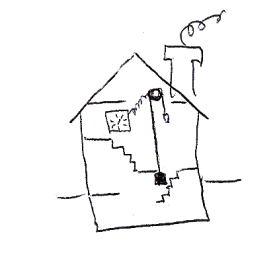 The total energy is , let's assume an unrealistic 100% conversion efficiency (or 50% and compensated by having the weight 200kg); that's h.m.g = cca 10kJ. As mentioned previously, an alkaline AA cell which can run the clock roughly one year contains around 3-4Wh of energy, 3600 seconds in a hour... it's just around 10kJ!
The total energy is , let's assume an unrealistic 100% conversion efficiency (or 50% and compensated by having the weight 200kg); that's h.m.g = cca 10kJ. As mentioned previously, an alkaline AA cell which can run the clock roughly one year contains around 3-4Wh of energy, 3600 seconds in a hour... it's just around 10kJ!
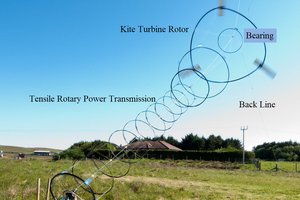
 Roddy "Rags" Read
Roddy "Rags" Read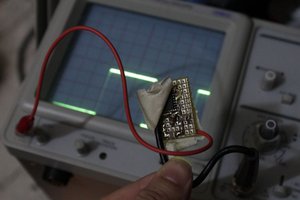
 Yann Guidon / YGDES
Yann Guidon / YGDES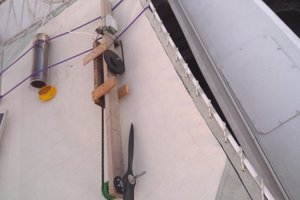
 sean d'epagnier
sean d'epagnier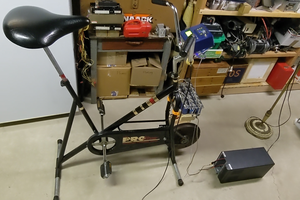
 alnwlsn
alnwlsn